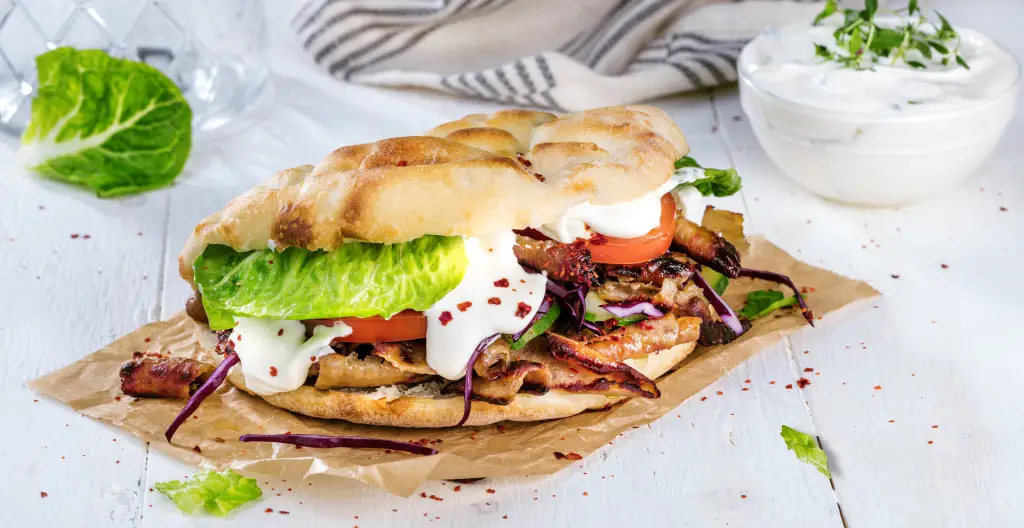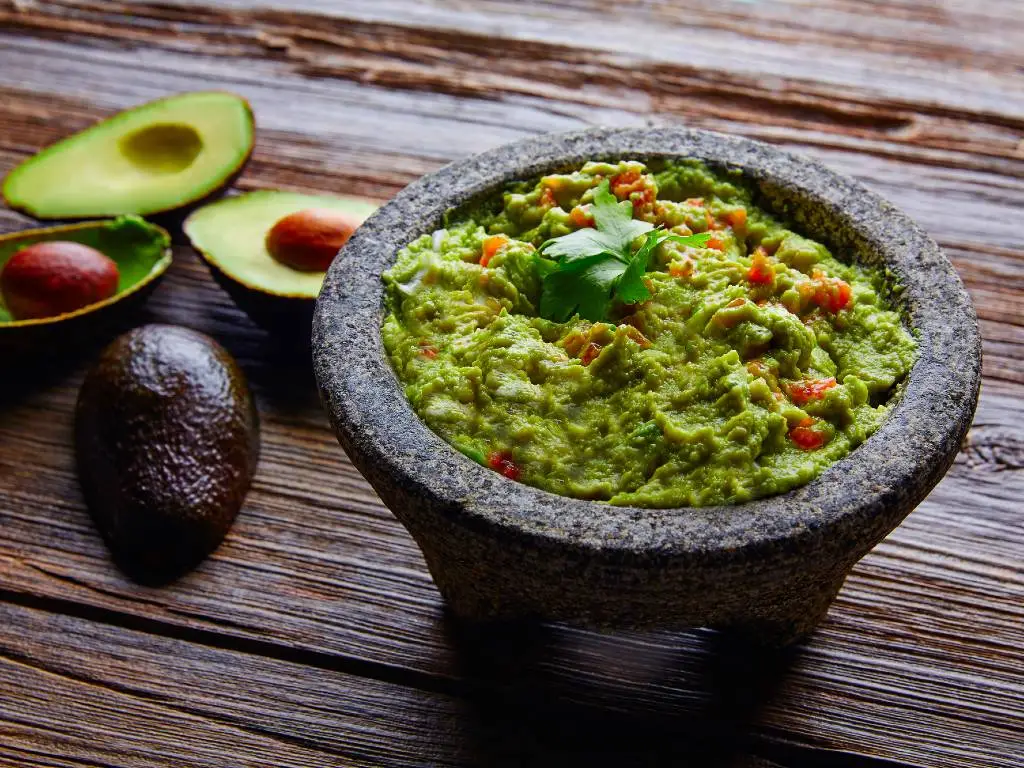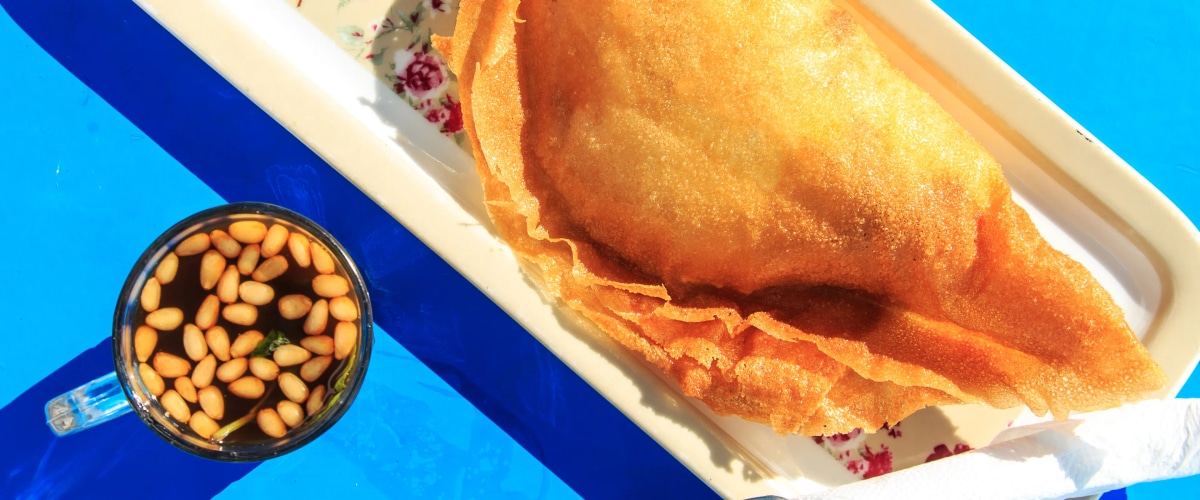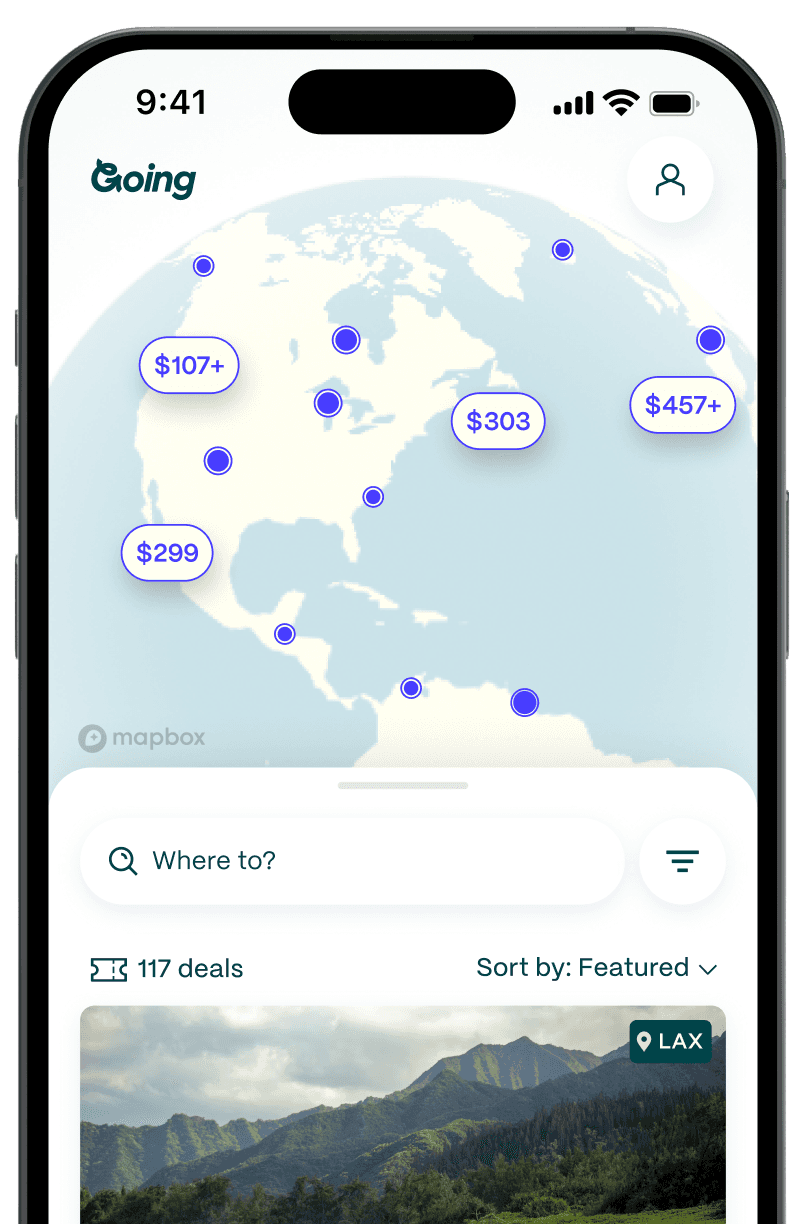
Döner Kebab: The Turkish Dish Beloved Across Germany
Crispy bread around hot, shaved meat. The fresh crunch of raw vegetables. Globs of tangy garlic sauce. Döner kebab is a street food marvel. What started as the food of Turkish immigrants has become a worldwide sensation, as shops all over Europe (and beyond) serve kebabs to late-night revelers, busy commuters, and just about everyone else with an umami craving.
While the dish has numerous similar counterparts (gyro and shawarma, to name two) döner is what dominates in Germany, where more than 600 tons of döner meat are consumed each day and even the most remote villages have a kebab shop (or two). In Berlin alone, it’s estimated that 146 million kebabs are eaten each year—not bad for a city of 3.6 million.
So how did döner come to be a favorite dish throughout Germany?
A taste of home

Meat kebabs may have originated in parallel in multiple places across the Middle East. The Turkish version likely became popular during the Ottoman Empire, dating as far back as the 17th century. Sliced meat was stacked and cooked first on a horizontal spit, then the vertical spit still in use today. At the time, this meat was eaten alongside rice or bread, but later was served inside bread for greater convenience.
In the 1960s and 1970s, following a treaty that meant Türkiye would supply “guest workers” to West Germany during a time of post-war economic growth, it’s estimated that nearly a million people from Türkiye immigrated to West Germany, and many more have followed since. The arrival of the Turkish people in West Germany sparked a cultural shift, and, soon, a change to the German diet. Within a decade or so of their arrival, Turkish immigrants were allowed to bring their families to West Germany—and when the post-war boom faded, many stayed in the country, opening shops and restaurants.
The exact story of how the döner was brought to Germany is somewhat of a mystery, as two different Turkish immigrants in Berlin and one in the southern city of Reutlingen claim they were the first to serve it. While it’s hard to determine exactly who sold the first kebab in Germany, the title was eventually given by the Association of Turkish Döner Products in Europe to a man named Kadir Nurman, who set up a döner stand across from Berlin’s Bahnhof Zoo in 1972.
“We used to take pride in saying that the story of origin is impossible to determine,” says Rasmus Therkildsen, founder of Berlin’s Döner Museum. “I think [all claims] are plausible, but I like the thought even more that multiple people at the same time had the need to make some money and saw an opportunity to serve a well-known Turkish dish in their new home country.”
A döner for every city

At first, döner’s popularity in Germany was probably due in large part to its convenience. By serving roasted meat in bread for cheap, kebab shops offered a perfect meal for busy workers on the go. Over time, the addition of toppings like onions, tomatoes, cabbage, and sauces helped the dish take off.
In the last decades, döner has taken on a life of its own in Germany. The style of the sandwich varies from region to region and even shop to shop. Depending on where you are, you may enjoy a minced meat mix, veal, chicken, or turkey döner. It could come in one of a number of breads, with toppings that include cabbage, chopped veggies, and the sauce of your choice: garlic, herb, chili, or yogurt. The Berliner döner (chicken or veal in crunchy triangular bread topped up with cabbage, a tomato, cucumber, and parsley mix, and a choice of sauces) is considered by some to be the classic version, and most shops in other parts of the world sell a sandwich similar to the type found in Germany’s capital city.

In Berlin these days, gemüse döner full of grilled veggies (a new spin on the classic) are all the rage. At some shops in Stuttgart, you may find potatoes in the sandwich. In the southwest, you’re likely to get pickled pepperoncini on your kebab. And in Munich, thin, round bread is more common than the Berliner variety. There are options for those with dietary restrictions as well—vegan döner is gaining popularity, and you can order a döner box or plate with all the fixings and none of the gluten.
For many Germans, love of döner borders on obsession. The sandwich even appears in pop culture—a satirical play called “The Last Doner” imagines a ban on kebab due to German addiction, there’s a 2004 German film set in a kebab shop called “Kebab Connection,” and numerous songs have been written about döner.
Therkildsen is capitalizing on that obsession by opening the Döner Museum, which currently sells döner-themed merchandise and publishes articles about the food. While the Museum is just online for now, it’s currently gearing up for its first in-person exhibition in a Berlin kebab shop.
A culinary connector

“In many ways, the döner is a great symbol of integration between Turkish and German culture,” Therkildsen says, “But it is also a symbol with a lot of tension to it and many people use it to paint their own picture of Germany. The former chancellor Angela Merkel was often seen eating döner as a way of embracing Turkish entrepreneurs and the multicultural society. But döner restaurants have also been targets of numerous attacks by [those] who see döner as a symbol of everything they perceive as wrong with modern Germany.”
While tensions between Turkish immigrants and the rest of the German population have remained constant throughout the last decades, döner often plays the part of equalizer.“[Kebab shops] are places where different cultures collide and meet. People from all financial backgrounds eat kebabs,” says Selina Ursprung, a German artist who recently published a book based on her experiences sitting in kebab shops all over Germany.
“Döner is [now] an integral part of Germany, ” Therkildsen agrees, adding, “Few other foods are marketed outside of Germany as ‘German’ or ‘Berliner,’ and to have a bicultural product branding Germany around the world is a great success in light of the country’s dark past.”
Where to eat döner around Germany
- Mustafa Gemüse Kebabs, Berlin: You’ll have to wait in line to sample döner from Berlin’s most popular kebab stand, but it’s worth it to taste the best version of veggie-stuffed kebabs at the shop that started the gemüse döner trend.
- Alaturka, Stuttgart: This shop has been voted “Best Kebab Shop in Germany” by Big 7 Travel for their fresh ingredients and excellent reputation over the last 30 years.
- Sultan, Nuremberg: At Sultan you get lots of different sauce and meat options to build the kebab of your dreams. Their other offerings are super, too—try the lentil soup!
- Türkitch, Munich: Here you can expect a variety of Turkish dishes beyond just döner, and the shop is known for running specials that serve 1 euro döners.
- Mr. Kebab, Hamburg: Mr. Kebab serves a döner burger in a bun, piled high with lettuce, tomato, and sauce.
- Ilan’s Restaurant, Homburg and Bruchmühlbach-Miesau: If you happen to make it to the southwest of Germany near the American military base at Kaiserslautern, Ilan’s offers the best quality döner around. The chicken döner is a favorite!
Join Going and get cheap flights and travel tips delivered right to your inbox.
Read more about delicious dishes around the world:
- Braziilan açaí
- Tahitian chow mein sandwiches
- Georgian Adjaruli Khachapuri
- Marseilles Brik à L'Oeuf
- Korean budae jjigae
- Kansas City burnt ends
- Basque marmitako
- Puerto Rican mofongo
- Indian bhang lassi
- Colombian arepas
Last updated August 30, 2024









